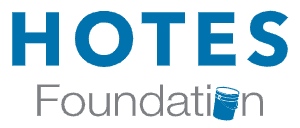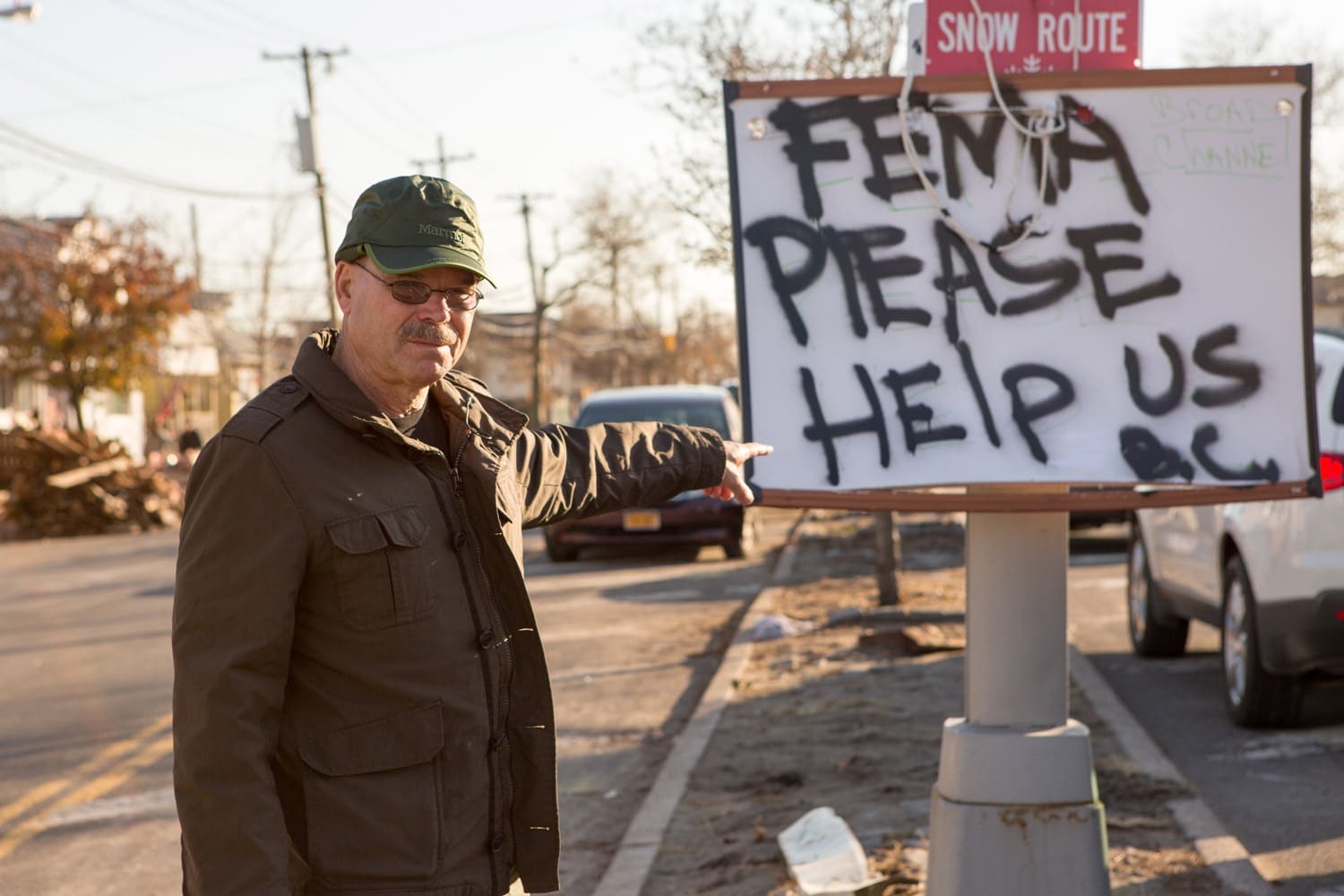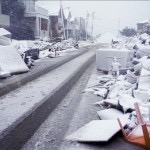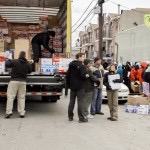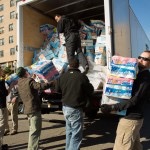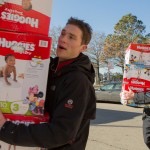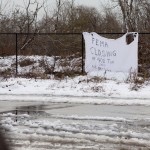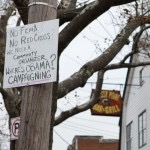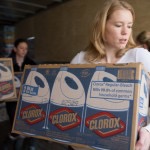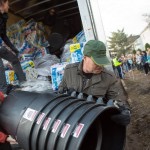When Aid Agencies Fail Citizens Step Up!
Remembering Hurricane Sandy this Halloween.
The power went out at 6:00 pm. Bridges and tunnels had already been closed. The National Guard was on standby and Mayor Michael Bloomberg was urging everyone to stay indoors. Three years ago, just two days before Halloween, Hurricane Sandy, the deadliest and most costly hurricane of the 2012 Atlantic hurricane season slammed into New Jersey and New York City. When it arrived,15-foot storm surge waves crashed into Long Island, washing houses from their foundations and floating cars miles away. Sand pulled from the ocean and beaches filled the streets where 100,000 homes were severely damaged or flooded, and 250,000 vehicles were swamped. All in all, 8.5 million people lost power because of the storm. In Hoboken, NJ, Mayor, Dawn Zimmer, said she watched her city fill up, "Like a bathtub."
Just days after the storm, Richard Hotes, CEO of Alaska Structures and founder of the Hotes Foundation, was in New York City personally delivering aid to survivors. With him were 20 volunteers who joined in his effort to change the way aid is delivered following a disaster. Instead of donating money and leaving it up to someone else, the group of volunteers took it upon themselves to go to New York and deliver supplies in person. Because the Far Rockaways was home to some of the cities poorest and hardest hit areas, Richard and his team started there.
“The people who are hurt the most by these kind of storms,” Richard said as he handed out supplies in one of the housing projects, “are poor people. Because they have no recourse. They don’t have another place to go, they can’t pay for a hotel, they often can’t pay for food. So we came here to give them things they need, and especially to give them things for the kids like diapers and baby food, food for the elderly, lanterns which they really need because there’s no power in this area. That’s why we’re here.”
The Far Rockaways is a peninsula on Long Island within the borough of Queens. 100 homes in Breezy Point were damaged or destroyed by flooding and subsequent fires. Overnight, basic necessities become luxuries as residents, stranded without electricity or food, waited for FEMA or the Red Cross to show up, but as days passed and no help came, frustration grew.
“I’d like to see the Red Cross or somebody out here,” one visibly upset resident told the Hotes Foundation volunteers as they were handing out supplies, “Somebody who’s job it actually is to do this. It isn’t a private citizen’s job to do this. The people who get paid to do it aren’t doing it.”
Around the streets hand painted signs were everywhere. “FEMA Please Help Us.”
Richard pointed out a bed sheet strung along a wire fence, spray painted with the words, “FEMA closed Tuesday 4:00 and all day Wednesday.”
Sadly, when FEMA finally did arrive it wasn’t to bring aid, but for a photo op.
“It’s been five days now waiting for a call back from them [FEMA],” one resident fumed as he walked in front of a line of spotless FEMA buses, “and they’re not doing anything. I mean they’ve literally got all these FEMA people standing around doing absolutely Jack s**t. This is a dog and pony show for the damn media.”
With the media circus in full swing, the Hotes Foundation was instead at St. John’s Episcopal Hospital, and the Queens Nassau Rehabilitation and Nursing Home, distributing aid to the staff and residences of those facilities. Bleach and diapers had been requested, and the volunteers handed out supplies. Each morning the Hotes volunteers filled large box trucks full of supplies and delivered them to the people most in need. Everywhere they went they were greeted with hugs, thank you’s, and applause.
“Whoever these people are,” one resident of the Far Rockaways said about the Hotes Foundation’s volunteers, “they’re angels. Right now, they’re doing better than the Red Cross ever has. The Red Cross isn’t out here and I haven’t seen FEMA yet.”
For the Hotes Foundation, the absence of FEMA and other large charitable organizations is sadly, par for the course. Taking up their slack, local church groups and individuals were out in force, but could only do so much as practically all the money flowed to the Red Cross and all the other large aid organizations. Clothes were dumped in immense piles on sidewalks and in parking lots. It sparked one resident to exclaim, “This isn’t Haiti. Look at these clothes. We don’t live like this. Look how they throw the clothes out there for us.”
The lessons for the people of the Far Rockaways and for everyone watching around the nation, was that the large aid organizations such as the Red Cross and FEMA who are so highly touted, are in fact the worst at getting aid to the people where and when it is needed. And it was obvious it isn’t just in poor countries where the system breaks down, it’s here at home too. For everyone who had donated money in good faith that it would make a difference, what Hurricane Sandy showed is that the reality was far, far different.
Whenever a disaster strikes, people assume the aid agencies that are receiving all the money are rushing in to save the day. Not so. Their top-down disaster relief never provides true help. Only you can provide meaningful, effective help. Please, the next time there is a disaster, remember Hurricane Sandy, Hurricane Katrina, Hurricane Isaac, the list goes on, and how the “professional” aid agencies failed. Instead, follow the Hotes Foundation’s model, go yourself, “Change Giving to Going”.
To find out more about the work of the Hotes Foundation, subscribe to our blog and like us on Facebook. If you want the chance to work hard to make a real difference, sign up to volunteer using our volunteer application form.
